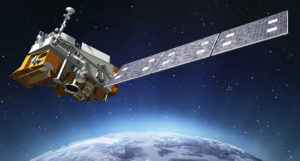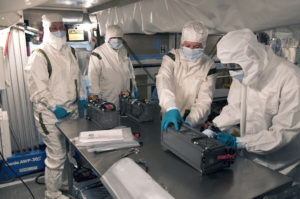NOAA’s Joint Polar Satellite System-1 spacecraft is set to launch this morning on a United Launch Alliance Delta II rocket from Space Launch Complex 2 at California’s Vandenberg Air Force Base. Liftoff time is 1:47 a.m. PST (4:47 a.m. EST). Join us for updates from the countdown beginning at 1:15 a.m. on the blog and on NASA TV.
Here’s a look at what’s on board:

Built by Ball Aerospace and Technologies Corp. of Boulder, Colorado, JPSS-1 will fly in a polar orbit 512 miles above Earth, providing scientists full global coverage twice a day. The spacecraft carries a suite of advanced instruments designed to take global measurements of atmospheric, land and sea conditions, from sea surface temperatures, volcanic ash, hurricane intensity and many more. Learn more about JPSS and the JPSS-1 instruments
The JPSS program is a partnership between NOAA and NASA that will oversee all the satellites in the JPSS series. NOAA funds and manages the program, operations and data products. NASA develops and builds the instruments, spacecraft and ground system and launches the satellites for NOAA.

Although JPSS-1 is the primary payload heading into space today, it will be accompanied by four small satellite missions called CubeSats, part of NASA’s Educational Launch of Nanosatellites program. They’ll be deployed from Poly Picosatellite Orbital Deployers, or P-PODs, after JPSS-1 is successfully released. The P-PODs are mounted to the second stage.
Known collectively as ELaNa XIV, the CubeSats are:
- RadFxSat – Vanderbilt University, Nashville, Tenn.
- EagleSat – Embry-Riddle Aeronautical University, Prescott, Ariz.
- MiRaTA – Massachusetts Institute of Technology, Cambridge, Mass.
- MakerSat – Northwest Nazarene University, Nampa, Idaho
